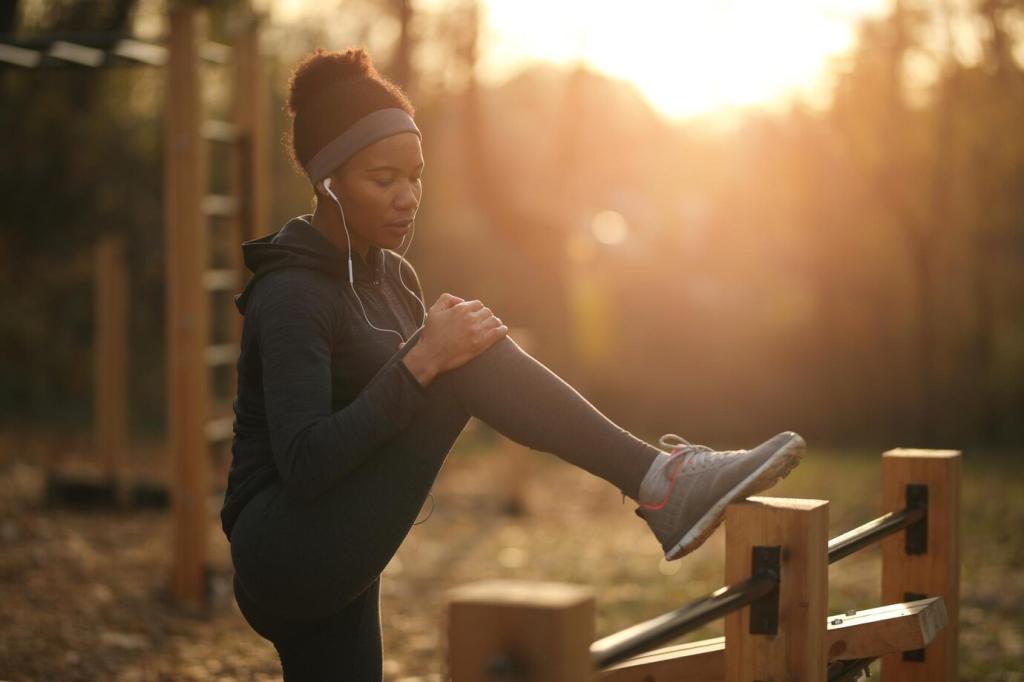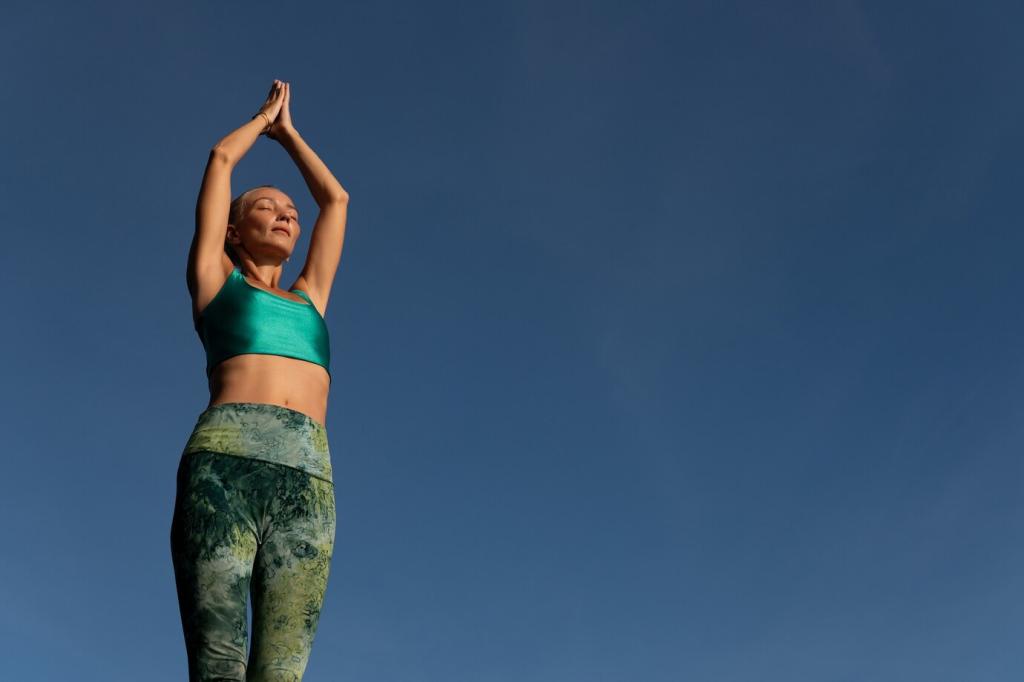Mobility with Intent: From Warm-Up to Skill Translation
Perform slow joint circles while tracking sensations of tension and space. This primes end-range control, alerts you to sticky angles, and builds usable mobility that transfers directly to sprint mechanics, lifting positions, and cutting agility.
Mobility with Intent: From Warm-Up to Skill Translation
Lower under control while naming sensations—hamstring length, rib position, foot pressure. These anchors keep technique honest, expand strength through range, and teach your brain to trust positions you need at game speed.


